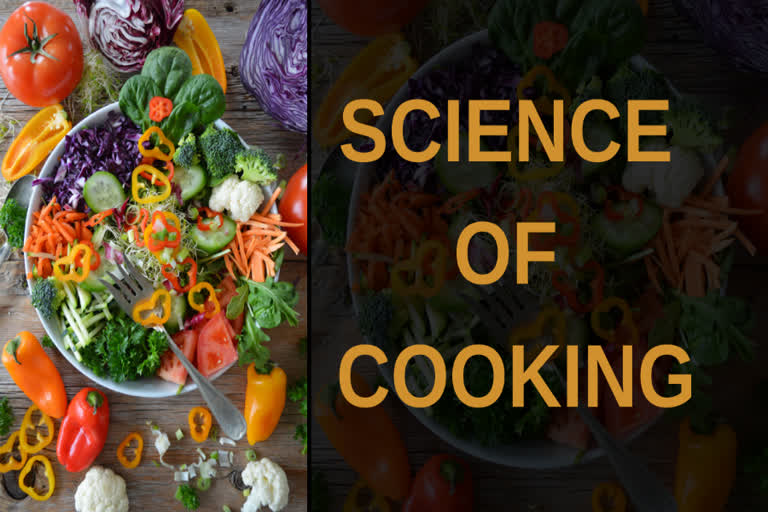New Scientist, UK:
What you need
Langoustines
A yellow bell pepper
Mayonnaise
Lemon juice
Vanilla essence
Freshly ground coffee beans
It is about Science of cooking
Why do some flavours go so well together?
According to one school of thought, ingredients that pair well have key aroma molecules in common. Strawberries, for example, share aromatic compounds with chocolate, basil and balsamic vinegar – which may explain why they complement each other.
The idea has been embraced by chefs such as Heston Blumenthal, inspiring surprising combinations like white chocolate and caviar. On Foodpairing, a website created by chef Peter Coucquyt and Belgian food scientists Bernard Lahousse and Johan Langenbick, the chemical profiles of thousands of ingredients are used to generate molecular matches for chefs and the food industry.
Now, their insights are available in a new book, The Art & Science of Foodpairing, containing suggested pairings for hundreds of ingredients, along with a few recipe ideas.
Chocolate is a suggested pairing for many ingredients in the book, reflecting the complexity of its aroma profile. Its roasted flavour works well with bacon, which also contains the chocolate-scented chemical 3-methylbutanal.
As much as I enjoyed chocolate mousse with crispy bacon and other combinations from the book, I am not entirely sold on the idea that shared aroma compounds determine which flavours pair well. Typically, dozens of volatile compounds contribute to an ingredient's aroma. If a pair of foods have two or three in common, it doesn't mean that others won't suppress, overshadow or clash. What's more, don't the most interesting pairings work because they complement each other, offering difference rather than more of the same?
Barry Smith, a sensory scientist and philosopher at the School of Advanced Study, University of London, also finds the idea of the shared compound too simple. "We need insights from food chemistry, sensory science and cross-cultural studies," he says.
Smith points out that some power couples of the flavour world work because of taste, not smell. Bacon and eggs, ham and cheese, tomatoes and anchovies – these all provide two kinds of umami that act synergistically to heighten the intensity of flavours.
Whatever truly explains why some flavours work well together, the standard repertoire of pairings has only scratched the surface of the delicious combinations out there. The book is a welcome prompt to try new ones, which made me feel like I was eating at a fancy restaurant at home.
He heartily recommends this dish inspired by the book: roast yellow bell pepper, blend it with some mayonnaise to make a smooth sauce, then add a squeeze of lemon juice and a few drops of vanilla essence. Pan-fry the langoustines, serve them with the sauce and sprinkle some freshly ground coffee on top. It tastes incredible – and you don't need to know why.
(c) 2020 New Scientist Ltd.
Distributed by Tribune Content Agency, LLC
Also Read: Inside the Nothingness



